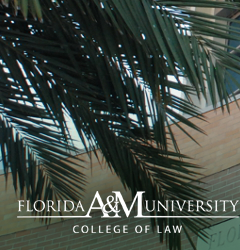
Article Title
Abstract
Nearly forty years ago in the heat of the civil rights movement, the Supreme Court famously considered whether a Montgomery, Alabama Commissioner who supervised the Police Department was damaged by defamatory comments. In determining whether the false statements published in the New York Times article lowered the Commissioner's reputation and impeded his reelection chances, the court wrestled with defining the community in which these comments were published. Should the Supreme Court consider the allegedly defamatory comments within the scope of a national community, as the New York Times is a national publication, or was the correct community restrained to the registered voters in the Montgomery district upon whose votes the Commissioner would depend? Before social media allowed us to join forums, create identities with likeminded individuals, tweet, post, or text message statements instantaneously, globally and with little or no filter, the standards of community were often viewed through a geographic lens. This note proposes that the current legal system in which judges must speculate and arbitrarily determine a plaintiff’s community based on judge's own unconscious beliefs and individualized views, needs to be reformed.
Recommended Citation
Daniel Lewis,
LMAO; That Guy Is Such a &*%#!: Redefining Defamation Law's Stagnant Community Standard in a Rapidly Changing World,
8
Fla. A&M U. L. Rev.
(2012).
Available at:
https://commons.law.famu.edu/famulawreview/vol8/iss1/8
